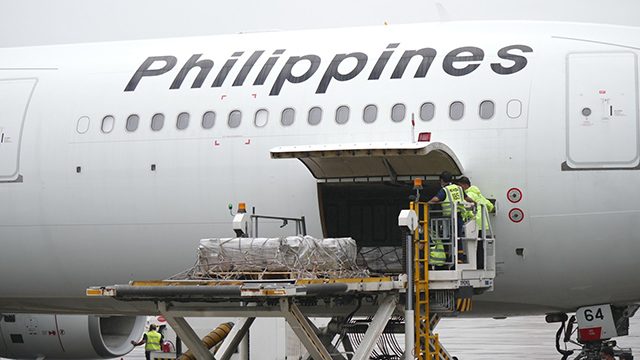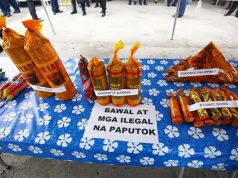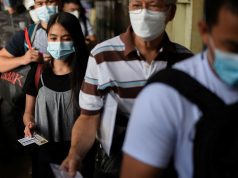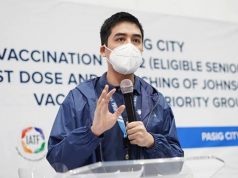Some Filipinos questioned the vaccine simulation of the government, once again citing misplaced priorities amid other pressing national concerns.
Last Tuesday, the Inter-Agency Task Force for the Management of Emerging Infectious Diseases (IATF), the National Task Force against COVID-19 (NTF), the Department of Health and other related government agencies conducted a simulation exercise to ensure the swift transport and deployment of the arriving COVID-19 vaccines.
Pfizer-BioNTech vaccines, which was approved for emergency use by the Food and Drug Administration, are expected to arrive via the COVAX facility by mid-February.
The vaccines developed by Sinovac in China, which President Rodrigo Duterte have earlier preferred, are also expected to arrive the same month.
Sinovac, however, has yet to receive approval from the FDA.
‘Rehearsal was a success’
In the rehearsal live-streamed via social media, it was showed that the mockup COVID-19 vaccines at the Ninoy Aquino International Airport Terminal 2 were first transported to the temporary cold facility at the Research Institute for Tropical Medicine (RITM) in Muntinlupa City.
Vaccines such as the Pfizer-BioNTech vials require storage in extreme frigid temperatures.
Designated hospitals where the vaccines will be stored for distribution are:
- The Philippine General Hospital
- The Lung Center of the Philippines
- Jose N. Rodriguez Hospital (TALA Hospital)
- Vicente Sotto Memorial Medical Center
- The Southern Philippines Medical Center
At least 117,000 doses are expected to arrive this month.
Vaccine czar Carlito Galvez Jr. also the NTF against COVID-19 chief implementer said the activity was successful.
The COVID-19 vaccines from the airport were transported to the cold chain facility within 50 minutes only, which was faster than the expected 120 minutes.
The transfer of the vials from the aircraft to the refrigerated van, meanwhile, took only 18 minutes and faster than the 30-minute target.
“Nakita po natin na maganda ang naging execution as it only took 18 minutes from what we anticipated that will take 30 minutes na pag-transfer ng vaccines from the aircraft to the refrigerated van. Everyone involved did their part and what was expected of them but we still want to perfect our time and motion,” Galvez said.
He added that they will conduct the final rehearsal two to three days before the vaccines arrived to “perfect” the timing.
How some Filipinos reacted
Amid the good intentions of the drill, some Filipinos perceived this as a waste of money and other resources.
“Parang Pinas lang ang may ganyang drama! Sayang ang pera ng taong bayan,” one user said.
“Rehearsal (lol emoji). Ang dami niyong oras,” another user wrote.
However, vaccine drills are also being conducted at the local level.
The cities of Pasig, Manila and Valenzuela are among the local government units that also held their own simulation exercises in selected populations as part of their vaccination plans.
Some users, meanwhile, perceived this as a form of spectacle to the public given the slow progress of COVID-19 vaccination in the country.
“Useless czars and politicians standing in the rain, looking at airport workers loading palettes on a small wagon as if it were vaccines. Something they do hundredfold every day. The scenery is almost surreal. The most useless crisis management on the planet,” one Twitter user claimed.
Some Filipinos on Facebook, meanwhile, appreciated the government’s preparations.
“Buti naman pinaghahandaan niyo need din kasi niyan maayos na paglalagyan lalo mainit ang temperature satin kailangan yan maayos at malamig na paglalagyan kundi sayang ang mga vaccine,” the user said.
The Philippines is not alone in lagging behind the global vaccine rollout.
A Time report stated that most countries in Asia-Pacific region, even South Korea, that was earlier praised for its pandemic response, have delays in inoculating their people.










